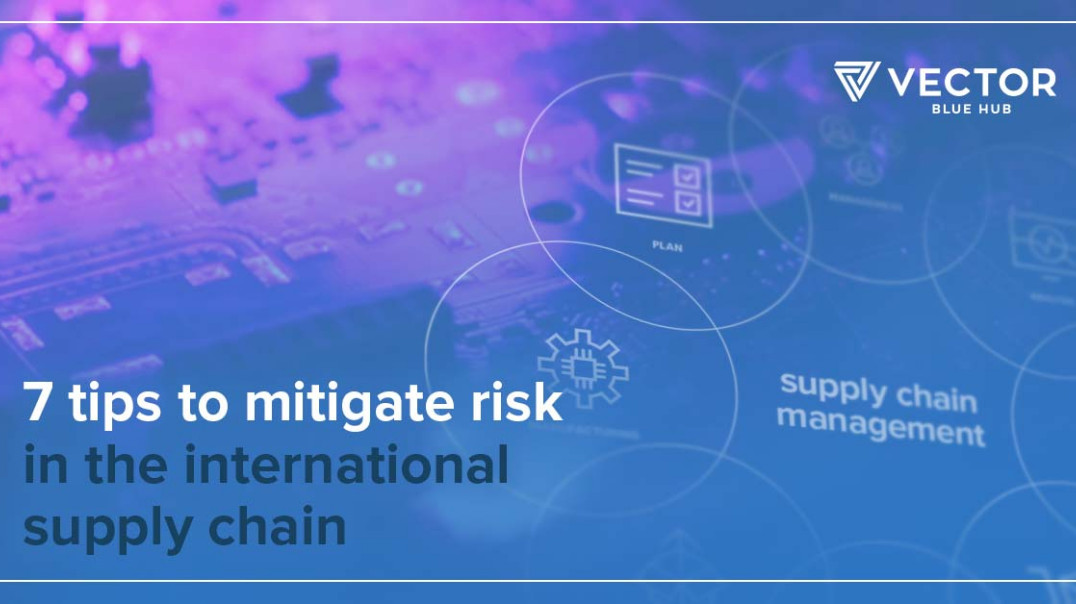The pandemic has irrevocably changed the role of supply chain management (SCM) in manufacturing electronic devices. The coronavirus outbreak has exposed all weaknesses in maintaining production continuity and providing component availability.
Many companies pursued a business continuity plan to reduce the risk of not keeping to agreed lead-times, but some contract manufacturers were too late to act. Unexpected situations in international supply chain management are inevitable, not only those due to a global pandemic. The key to avoiding possible disruptions is acknowledging them long before we start to experience any harmful effects. How do we do this? Here are seven of the most transferable actions you should take to mitigate risks and strive for an effective supply chain.
What is a supply chain?
A reliable electronic manufacturing services company have a long-standing relationship with its suppliers. The reasoning for this approach is simple - without a positive relationship with the supplier, the whole manufacturing process can experience unnecessary miscommunication and disruption. Modern and responsive supply chain management embraces not only sourcing, logistics, and production but also sales, operations management department, engineering, and even marketing. As a result, the supply chain objectives focus on the processes of an entire organisation, including every stage from the supply of materials, the manufacturing of goods, to their distribution and sale. When customers pay outright for the hours spent on a particular project, they want to reduce the risk of prolonging those hours through the advent of random and chaotic events. This can be prevented by having a suitable process.
What are the most transferable actions we can take to mitigate risk in the supply chain?
- Ensure production continuity.
Buy more bare printed circuit boards (PCB's) and other key components in advance, and introduce purchase order monitoring. - Work with qualified suppliers and build partnerships with them.
A reliable supplier is a remedy for difficulties in the supply chain when taking costs and lead times into account. - Have a global and a local supply chain base.
Knowing the local suppliers and working with them is a godsend in machine casting, packaging or printing stickers. - Reinforce incoming goods inspection to minimise non-conformities.
Establish quality control processes, including standards for the Quality Assurance and Improvement System as well as the standards for the Quality Control System. - Develop strong skills in logistics and shipments.
Only a savvy logistics team can conduct the shipping process to secure the required lead times and stay ready to respond if an emergency occurs. - Be transparent - to the customer, to the supplier and your team.
- Finally, keep your eyes open - always.
Closely monitor any market changes and stay up-to-date with the relevant news.
To get more insights on this matter, read the latest article from VECTOR BLUE HUB - click on the link below.



